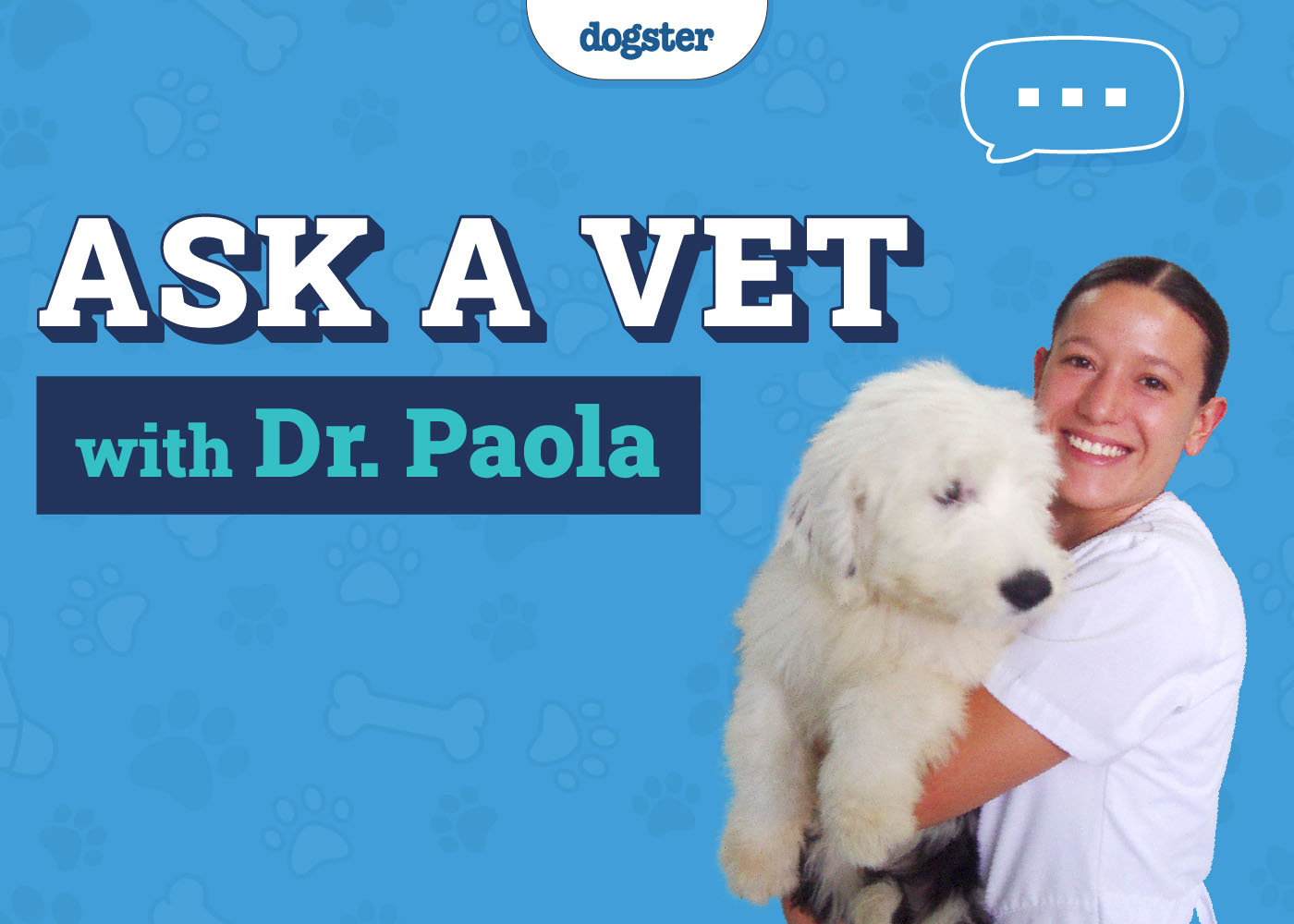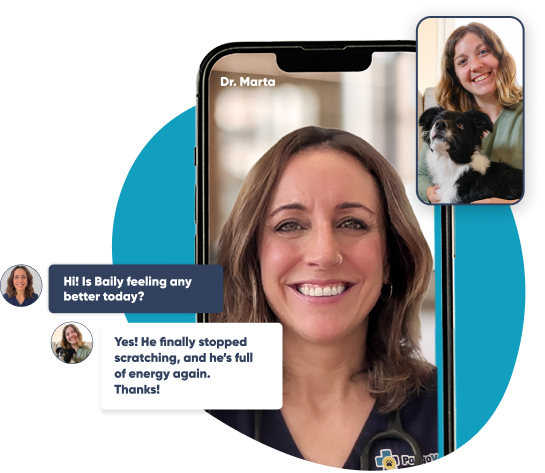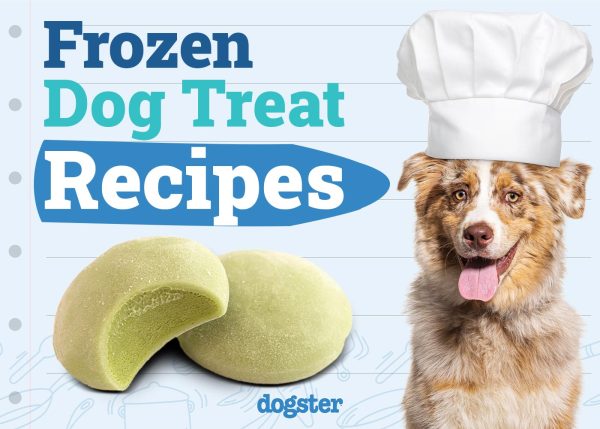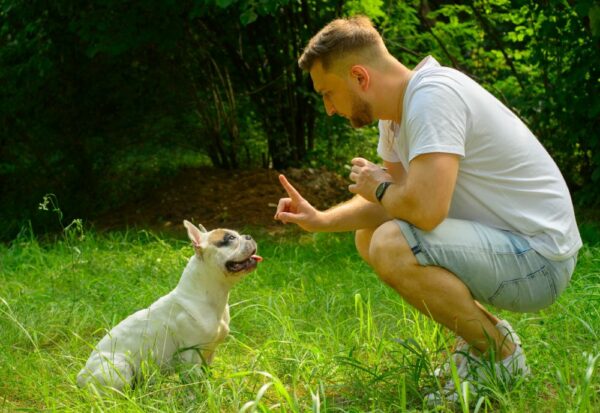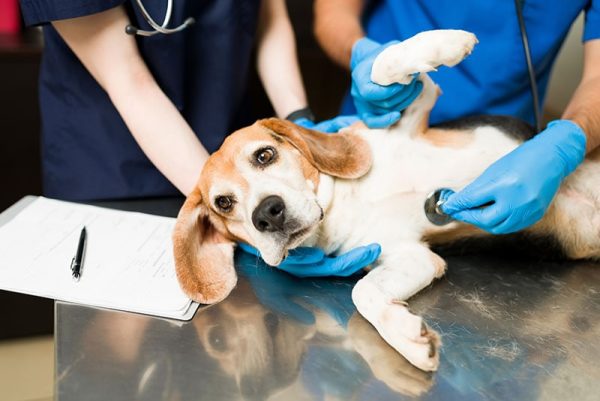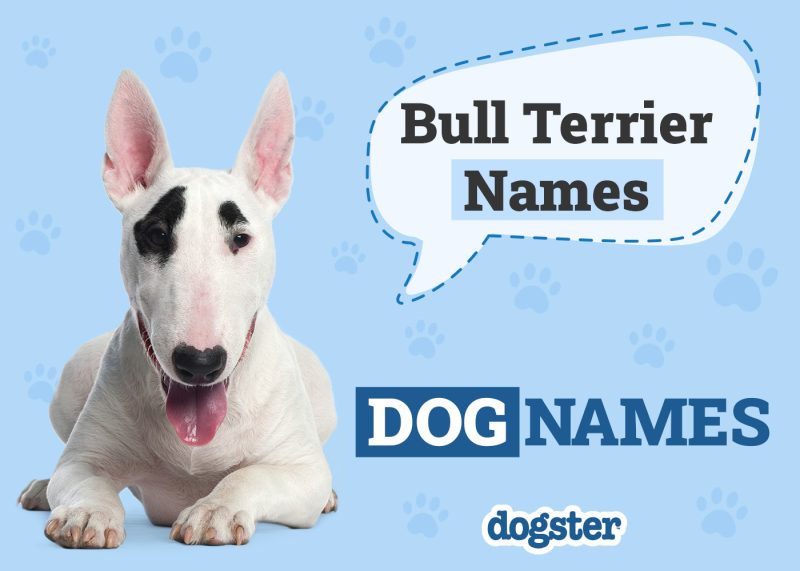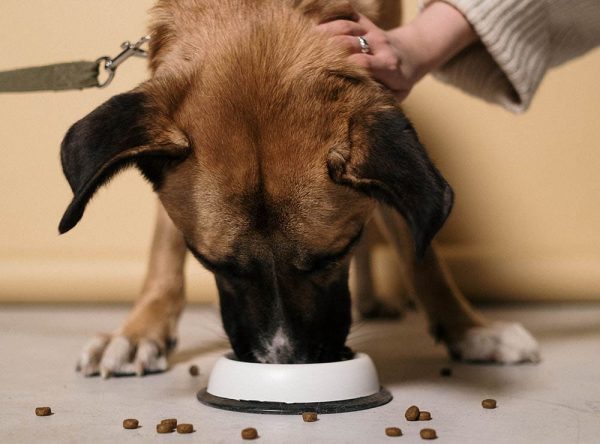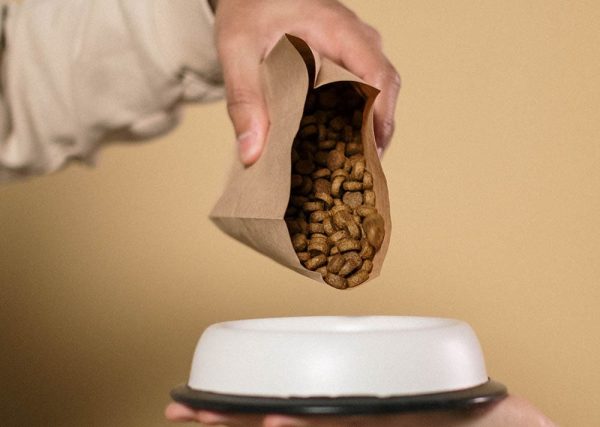Welcome to our “Ask Dr. Paola” series, where every Monday we bring expert advice straight from Dr. Paola Cuevas (MVZ) to help our readers better understand their dog’s health and well-being.
Whether you’re a new pet parent or a seasoned dog lover, Dr. Paola is here to provide answers to your most pressing questions. From nutrition tips and preventive care to troubleshooting common behavioral issues, Dr. Paola is ready to offer insights that will keep your furry friend happy and healthy. Stay tuned for expert guidance on a range of topics that matter most to you and your dog, so you can make informed decisions and provide the best possible care for your canine companion. Have a question? Send it in here! 
Help! I Think My Dog Died from Her Food!
“Hi Dr. Paola,
My dog Luna passed away shortly after I changed her dog food. Is it possible to get her food tested? Because if it was the cause, it should probably be a recall and I could save other dogs. ” – Amber
Amber, I am so sorry for your loss. Losing Luna must be incredibly painful, and I can only imagine how difficult it is to navigate this while wondering if her food played a role. Your concern for other dogs speaks volumes about your love for animals, and you absolutely can have her food tested to rule out any potential contamination or toxicity.
To do this, you’ll want to keep the remaining food stored in its original packaging, if possible, as the lot number, expiration date, and manufacturer details will be important. A veterinary toxicology lab or a university-affiliated diagnostic lab would be the best place to test for contaminants like mold toxins, bacterial pathogens, heavy metals, or unexpected drug residues. You may also want to report your concern to the FDA’s Center for Veterinary Medicine, as they track potential pet food issues. If Luna’s passing was sudden and unexplained, a necropsy (animal autopsy) performed by a veterinary pathologist could provide clarity, in finding the cause of death.
While it’s natural to look for answers, please try to remain calm during this time. Food-related deaths in dogs are rare, but they do happen, and if the food was the issue and other dogs are saved, that would be a meaningful way to honor your Luna.
Condolences,
Dr. Paola
If you want real time answers to your questions, you can talk to one of our veterinarians online. Click on the image or button below:


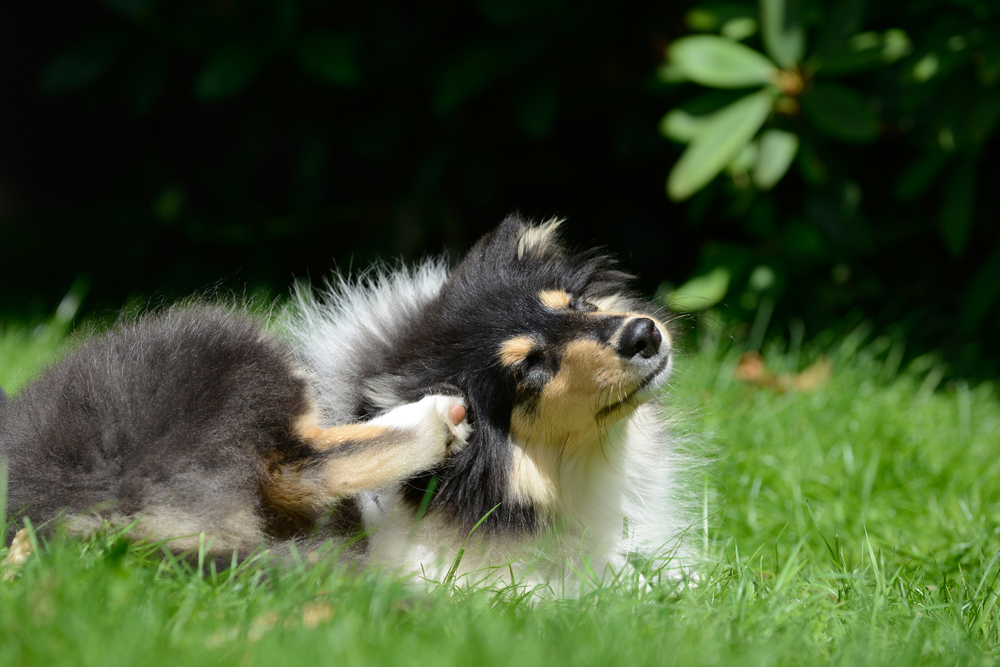
Help! My Dog Has Fleas!
“My dog Mimi was diagnosed with flea infestation—what is ‘flea infestation’ and how do dogs get it? I keep her groomed, and her groomer has never found fleas on her, I never found fleas on her, my house is not infested with fleas. Mimi is a Polish Sheepdog, spoiled, lives in the house, potties outside, and has her own bed (which is flea free).
She was constantly itching and going in circles on concrete to scratch her buttocks. (it would get raw). She’s been taking Oclacitinib for 2 months; she still itches but not as much.
Is there anything else I can do to help her?“ – Julia
Mimi’s constant itching and rubbing, especially around her rear, sounds like a classic case of flea allergy dermatitis; a hypersensitivity reaction where even a single flea bite can cause intense itching for weeks. A flea infestation occurs when fleas live and reproduce on a dog or in their environment, feeding on blood and laying eggs that spread throughout the home and yard. However, not all infestations are obvious. Fleas are tiny, fast-moving, and excellent at hiding, especially in a thick Polish Sheepdog coat like Mimi’s. Adult fleas only make up about 5% of an infestation, with the remaining 95% (eggs, larvae, and pupae) hiding in carpets, bedding, and outdoor areas.
Since Mimi has been on Oclacitinib for two months and is still scratching, it’s likely that flea exposure hasn’t been fully controlled. Oclacitinib helps reduce inflammation and itching but doesn’t prevent flea bites, which can continue triggering reactions. To truly manage her discomfort, she needs a fast-acting oral flea treatment that kills fleas before they bite, along with a long-term flea prevention plan. Deep cleaning of your home is an essential part of the extermination treatment. This includes vacuuming carpets, washing bedding, steaming furniture, and treating outdoor areas. This helps to eliminate flea eggs and larvae before they develop into adults.
Since she is still uncomfortable, Julia, another option to consider is a long-acting itch relief injected treatment. This works by blocking the specific itch signals in her body, providing relief for weeks rather than needing daily medication. This can be especially helpful for dogs with allergic conditions like Mimi’s. If she continues to scratch despite flea control and itch management, it might be time to explore other culprits, starting with potential allergy triggers, such as environmental or food allergens. It is a bit of detective blends housekeeping but with the right combination of treatments, Mimi should be feeling comfortable and itch-free.
Wish you good luck,
Dr. Paola

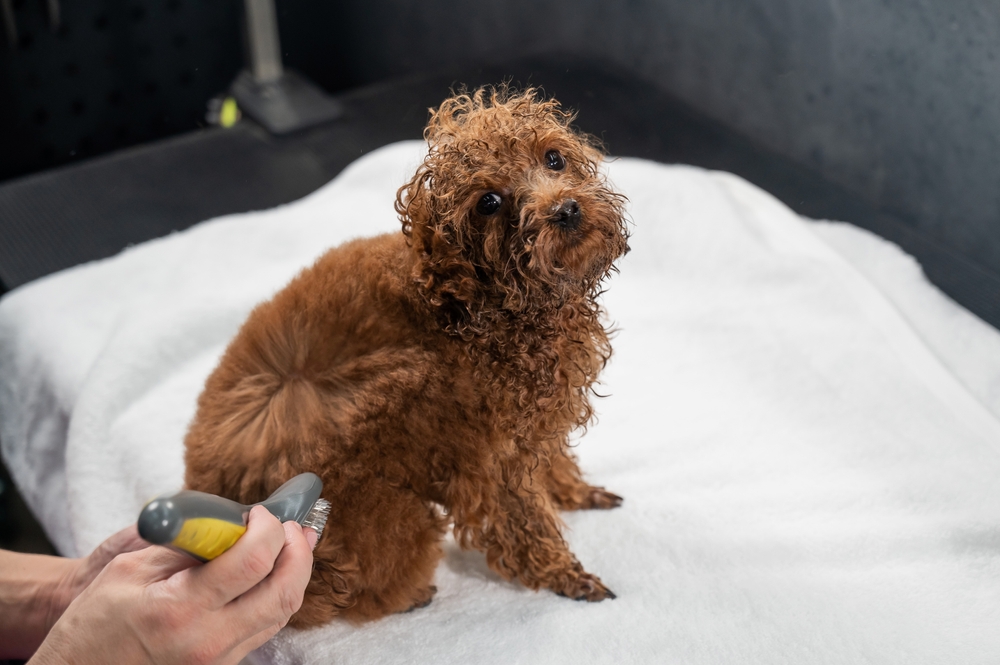
Help! How Do I Introduce My Pups to Grooming?
“Hello Dr. Paola!
I have two Yorkie pups, Aurora and Orion, who are +/- 15 weeks. Please can you guide me on how to introduce them to being groomed (preparing them at home) & at what age? Thanks” – Bill
Ah lucky you, DM, I always wanted a Yorkshire Terrier and you got two! Aurora and Orion are at the perfect age to start gentle grooming introductions at home. Congratulations for being proactive and setting them up for a lifetime of positive experiences. Believe me when I say both you and them will benefit enormously from this.
Yorkshire Terriers have fine, silky coats that require regular maintenance, so making grooming enjoyable early on will prevent stress and resistance later. Ideally, their first professional grooming session should happen around 4 to 6 months old, but your home preparation will make all the difference.
Start by desensitizing them to allow handling. You do this by regularly touching their paws, ears, and face to get them accustomed to being touched in sensitive areas. Use a soft brush, like a slicker or pin brush, and let them sniff it before gently running it through their coat for short, positive sessions. Keep it light and playful, offering treats and praise to help create a positive association. You can also get them used to the sounds of clippers and blow dryers, by introducing these gradually. You can start by turning them on at a distance and pairing the noise with treats.
Bathing should be introduced with lukewarm water and a mild puppy shampoo, keeping sessions short and stress-free. A soft towel and a low-heat, low-speed dryer can help dry their coat while keeping them comfortable. By the way, please do not hesitate to invest in a dog hair dryer, these have controlled temperatures and decibels to avoid hurting or scaring your pups.
Nail trimming is another essential step; start by simply handling their paws then proceed to tapping the clippers against their claws without cutting at first to get them used to the sensation. Placing them over your lap or on a secure, non-slip surface during these sessions will help them feel stable and more confident.
With consistent, gentle practice, Aurora and Orion will learn that grooming is just another form of bonding and care. Don’t rush it and try to focus on short and positive sessions a couple of times a day instead. By the time they visit a professional groomer, they’ll already be comfortable with the process, making the experience much smoother for everyone!
Congratulations again,
Dr. Paola
- View past week’s questions here: February 24, 2025
- See our full list of past articles here
- Click here to submit a question
- Get Dr. Paola’s weekly advice sent straight to your inbox. Sign up below!


